Wi-Fi 6 was designed with the future of routers in mind. As more people work from home in the wake of coronavirus, holes in our Wi-Fi are more annoying than ever. As our homes get smarter, we have more connections than ever that need to check in consistently and reliably. Wi-Fi 6 is designed to bring more capacity to a network and even allows for greater speed with a lot of devices. Wi-Fi 6 mesh systems have come down in price, and the Netgear Nighthawk MK62 is one of the best choices for most people.
Best Overall: Netgear Nighthawk MK62
The Nighthawk Mesh WiFi 6 System from Netgear takes on compact AC-only mesh systems with its compact housing and understated design. Measuring only 4.8 inches wide and 2.5 inches tall, each router has a smaller footprint than a CD case. This compact design makes this mesh system one of the easiest to integrate into a home.
While you do give up some speed compared to the larger and more expensive mesh systems, the AX1800 speeds should be more than enough for most homes. 4K streams should be a breeze, and if you need a few more wired connections, a network switch could be connected to one of the gigabit LAN ports available on each router.
Netgear claims these routers can cover a 3,000-square-foot home, and of course, more satellite units could be added down the line. This is helped by compatibility with Wi-Fi Certified EashMesh. EasyMesh is a Wi-Fi standard developed to help ensure future compatibility with mesh products. This is all brought together with Netgear's robust Nighthawk app.
Pros:
- Small housing
- Modern WPA3 security
- Future expansion with EasyMesh
Cons:
- AX1800 speeds not much faster than Wi-Fi 5
- Only one Ethernet port for a wired device
Best Overall
Netgear Nighthawk MK62
Easy entry to Wi-Fi 6 mesh
Fast enough for most people in a small housing that can blend in anywhere, build your Wi-Fi 6 mesh with the Nighthawk MK62 system.
Best Upgrade Pick: Netgear Orbi Wi-Fi 6 System (RBK752)
The newest addition to Netgear's Wi-Fi 6 enabled Orbi family is the RBK752 system, which including one base router and a satellite and can cover approximately 5,000 square feet with it's tri-band, six-antenna setup. This Orbi is in line with the older Orbis as far as size and appearance with a two-tone gray and matte white housing. Wi-Fi 6 speeds come in at AX4200, which breaks down to 600Mbps on the 2.4GHz channel and 1200 Mbps on the 5GHz band. The remaining 5GHz channel can operate up to 2,400Mbps. However, it's dedicated to the connection between the Orbi units. This speed should be more than enough for the vast majority of home network use, including multiple 4K video streams.
The base unit has one uplink gigabit Ethernet port and three Ethernet ports for wired devices. You can also combine the uplink with one of the other Ethernet ports for link aggregation, allowing for a faster uplink to your router. The satellite has two Ethernet ports to connect more wired devices. This makes it a good fit for a home office or media center that needs a wired connection.
Pros:
- 2.5Gbps WAN port with link aggregation
- Three Ethernet on base, two on satellite
- Tri-band Wi-Fi keeps speeds consistent
- Approximately 5,000 square feet of coverage
Cons:
- Too large to easily conceal
- Slower than others at this price
- Expensive
Best Upgrade Pick
Netgear Orbi Wi-Fi 6 System (RBK752)
Orbi gets Wi-Fi 6
Netgear Orbi Wi-Fi 6 brings the next wave of mesh with fast AX4200 speeds. This is great for broad coverage with a lot of devices.
Best Speeds: Asus ZenWiFi XT8
Asus was one of the first networking companies to commit to mesh networking with its robust AiMesh software that can work on most of its routers regardless of whether or not they were explicitly designed for a mesh. Asus has once again proven its abilities with the ZenWiFi XT8, which features a sleek and reasonably compact design with great capabilities. The routers come in white or charcoal colors and have three available ethernet ports on the back of each.
The ZenWiFi XT8 is capable of wireless speeds up to AX6600 with a tri-band setup. That is 574Mbps at 2.4GHz as well as 1201Mbps and 4804Mbps on its two 5GHz bands. While most connections today max out at 1Gbps, the ZenWifi is ready for the future with a 2.5Gbps input for faster internet speeds or, more realistically, a fast wired home network.
If you are looking to expand your mesh, you'll need an Asus router that supports AiMesh and will be best served by a tri-band Wi-Fi 6 capable router. The ZenWiFi XT8 is capable of covering up to 5,500 square feet, so most homes should be covered. Still, it's nice that you can use an older Asus router as an expansion in low priority areas.
Pros:
- 2.5Gbps WAN port is excellent for a fast NAS
- Fast speeds
- Tri-band setup
- Up to 5,500 square feet of coverage
- Tons of expansion with other Asus routers
Cons:
- Three LAN Ethernet ports limit wired devices
Best Speeds
Asus ZenWiFi XT8
Mesh as fast as possible
The Asus ZenWiFi XT8 is one of the fastest Wi-Fi 6 mesh systems available with a fast 2.5Gbps WAN port and easy AiMesh expansion.
Best Mesh Expansion: Linksys MX10 Velop
The Linksys MX10 Velop is just the name given to the two-pack of Linksys MX5 Velop routers. These routers are capable of delivering AX7800 speeds across three Wi-Fi bands. While these speeds are quite high, the wired connection to your modem will max out at 1Gbps, and other wired devices will be limited to the same speed. While this is more than enough for the vast majority of people, it would have been nice to see more wired capability.
Four Ethernet ports and a USB 3.0 port on each unit allow for a lot of expansion. The Wi-Fi 6 Velops are quite a bit larger than the Velop dual-band or tri-band AC mesh routers. Compared to a traditional router, however, the internal antennas help keep the appearance understated.
If you already have a Velop system, there's no need to get rid of it thanks to compatibility with the entire Velop family of routers. The most powerful routers, in this case, the Wi-Fi 6 Velops, should be connected directly to the modem with the older routers providing extra coverage in areas that don't need as much speed.
Pros:
- Four Ethernet ports to connect all you wired devices
- AX7800 speeds can support tons of devices
- USB 3.0 port
Cons:
- Held back by gigabit uplink
- Expensive
Best Mesh Expansion
Linksys MX10 Velop
Expand your Velop mesh
Add coverage, capacity, and speed to your Velop mesh with the Linksys MX10 Velop. Wi-Fi 6 and Ethernet keep speeds high.
Best for Large Spaces: TP-Link Deco X20
The TP-Link Deco X20 is an excellent value for a Wi-Fi 6 mesh system, especially considering you get three nodes in the box to provide coverage up to 5,800 square feet. In a white cylindrical housing, measuring 4.33 inches in diameter and 4.49 inches tall, it should be easy to find space for these in any room. Inside there are four antennas and powering its AX1800 dual-band connection.
It's nice that each one also comes with two gigabit Ethernet ports on the back. This can help get some wired devices online, such as a PC in a home office. Gamers also benefit since consoles could be connected to the node via Ethernet, which can improve connection consistency.
All of this will be set up with TP-Link's app so that you will need a device running at least iOS 9.0 or Android 4.4. This shouldn't be a problem for most people, and the app will be able to help you set the devices up in a strong configuration.
Pros:
- Dual Ethernet on each unit
- Up to 5,800 square feet of coverage
- Easy to conceal
- Modern WPA security
Cons:
- AX1800 won't keep up with fiber
- Won't work with much older devices
Best for Large Spaces
TP-Link Deco X20
Excellent coverage with three nodes
The Deco X20 has three nodes that cover up to 5,800 sq ft at AX1800 speeds. Two Ethernet ports on each unit make expansion easy.
Best for Gaming: Asus RT-AX92U
Asus was one of the first companies to make a Wi-Fi 6 router for consumers and quickly followed that up with the RT-AX92U mesh system. Thanks to fast tri-band speeds, these routers can connect with a fast backhaul of up to 4.8Gbps, and each unit has four gigabit Ethernet ports.
Disappointingly, there is no multi-gig Ethernet, but link aggregation can combine two of the gigabit ports for up to 2Gbps internet support. This will be quite a bit faster than most people have access to. Thanks to Asus' AiMesh software, another Asus router can be added in as a mesh point, but you'll need to make sure it has full tri-band Wi-Fi 6 support to get the most out of your network.
I like the more traditional gaming router appearance. The gamer aesthetic here isn't for nothing since Asus included its gaming software to keep ping times low and prioritize game traffic on your network. Gaming and mesh don't usually mix, but Asus has managed to bring the two together with some of the best technology available.
Pros:
- Link Aggregation
- Four Ethernet ports for fast wired devices
- Tri-band keeps connection fast
- Built for gaming
Cons:
- Large and ostentatious
- No multi-gig Ethernet
Best for Gaming
Asus RT-AX92U
Even the gamers need mesh
Asus has an excellent Wi-Fi 6 and mesh solution with software to keep games lag-free. Four LAN ports keep all of your consoles online.
Best Router with Mesh: Linksys MR9600
More and more mesh systems have begun to ditch extra features like LAN and USB ports in favor of creating smaller and sleeker products. With the MR9600, Linksys has been able to create a standard router with all of the expected features with an easy path for mesh expansion. The MR9600 is compatible with all of Linksys' Velop mesh routers, making it easy to find the right expansion option. You don't need to buy high-end Wi-Fi 6 for every room in the house, so having a lot of mesh options can save money.
This router has a fast AX6000 wireless setup with two bands. The 2.4GHz band can deliver Wi- Fi 6 speeds up to 1147Mbps, and 5GHz can push out up to 4804Mbps. Dual-band means that the router will need to share its connection between devices and the mesh connection if it's being used as a mesh, but with 4x4 MU-MIMO, there should be more than enough capacity for even a large family with fast internet.
This router isn't anything special to look at with an antenna on each of its four corners and a simple, but well-ventilated plastic housing. If you keep your router in the open, you may want to consider something with a sleeker appearance such as Linksys' own Velop MX5, but if you don't mind the look or plan to keep it out of sight, this router is a strong choice. The extra utility of having four Ethernet ports on the back will make the larger size of this router worth it to many people.
Pros:
- Four Ethernet ports
- Keep your Wi-Fi name
- Fast AX6000 speeds
- Expand with Velop compatible routers
Cons:
- Only dual-band
Best Router with Mesh
Linksys MR9600
Mesh options for the future
Keep your options open with a powerful router that can cover most of your needs with easy mesh expansion if you find dead zones.
Best Mesh Add-on: Netgear Nighthawk EAX80
If you've already bought a Wi-Fi 6 router, like the Netgear Nighthawk AX8 but find yourself needing more coverage, Netgear has a solution. The Netgear Nighthawk EAX80 is an eight-stream Wi-Fi 6 mesh expansion capable of speeds up to AX6000. It's compatible with any existing router, though I would recommend a Wi-Fi 6 router with at least a matching eight data streams.
You can set this router up with the same Wi-Fi name as your existing wireless network, so there's no need to manually switch between two different networks like older extenders.
Four gigabit Ethernet ports onboard and a USB 3.0 port make this a great way to bring the network to your media setup or a desktop PC that doesn't have Wi-Fi. You can also use it to improve the signal to the rest of your home like any mesh.
There are a lot more if-then considerations due to the extender being reliant on the speeds of the base router, but this is true for any mesh. If you have already invested in Wi-Fi 6 and just need a bit more coverage, this is a great option.
Pros:
- Four Ethernet ports in a traditional router
- Keep your Wi-Fi name
- Fast AX6000 speeds
Cons:
- Only dual-band
- Needs an existing router to work
Best Mesh Add-on
Netgear Nighthawk EAX80
Add mesh to your Wi-Fi 6 network
Add range and four Ethernet ports to your Wi-Fi 6 network without sacrificing speed or capacity with the fast Nighthawk EAX80.
Can you make your own mesh?
Something to keep in mind about mesh networks is that pretty much any router with a powerful enough CPU and enough RAM can technically act as a mesh router. Asus has taken this further than most other manufacturers by including its AiMesh in nearly all of its routers. It is technically possible to put together your own Wi-Fi 6 mesh with compatible routers, but the setup process will be more complicated than a complete mesh system.
This technology is more promising with Wi-Fi 6 routers thanks to the improved capacity and speeds over previous generations of routers. Some routers such as the Netgear Nighthawk MK62 are even compatible with EasyMesh which is a standard for connecting future devices.
Bottom line
Most people simply don't need much more than gigabit speeds on their home Wi-Fi networks. Luckily, even Wi-Fi 6 mesh systems are available for people that don't need a ton of speed but still want to take advantage of the other advancements. The Netgear Nighthawk MK62 strikes a great balance between speed and features offering expandable coverage and plenty of speed for most people.
Wi-Fi 6 mesh systems are bringing features like MU-MIMO and better handling of multiple connections to your whole home. Not that many devices sold in the past couple of years support Wi-Fi 6, but many new phones are supporting the protocol. Thankfully all of these devices support older versions of Wi-Fi to maintain compatibility with the added benefit of better connections between the base router and satellite units.
Credits — The team that worked on this guide
![]()
Samuel Contreras When Samuel is not writing about networking and carriers, he spends most of his time researching computer components and obsessing over what CPU goes into the ultimate Windows 98 computer. It's the Pentium 3.
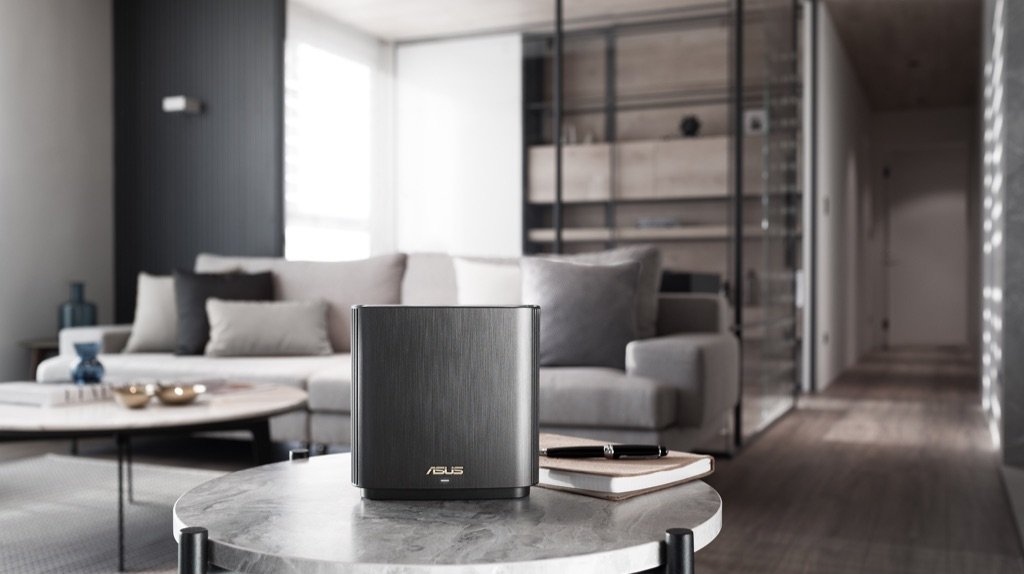
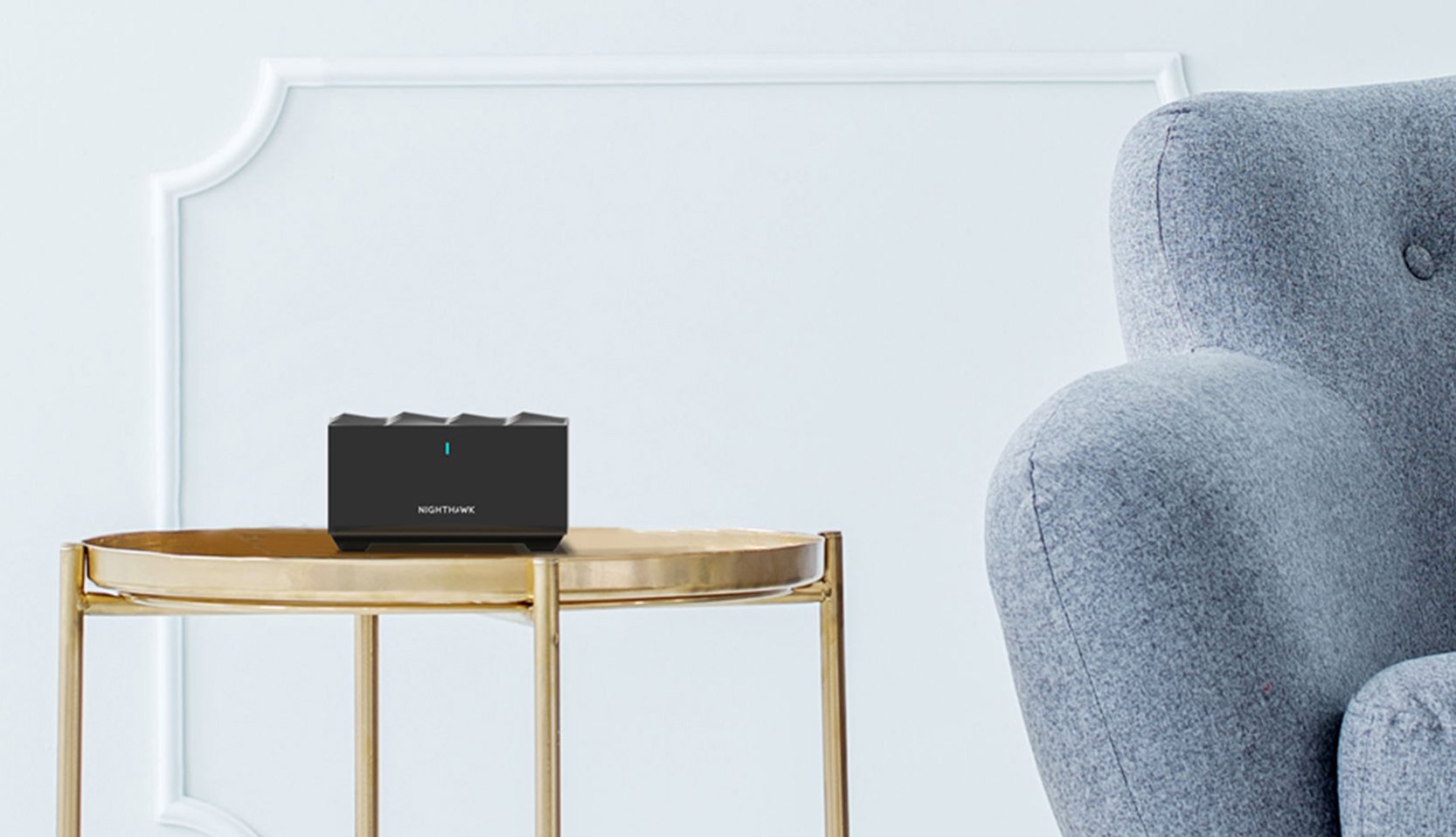

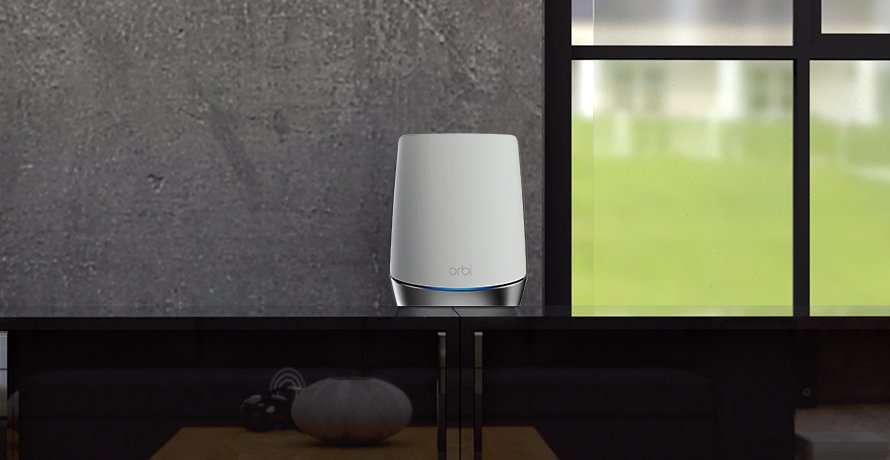
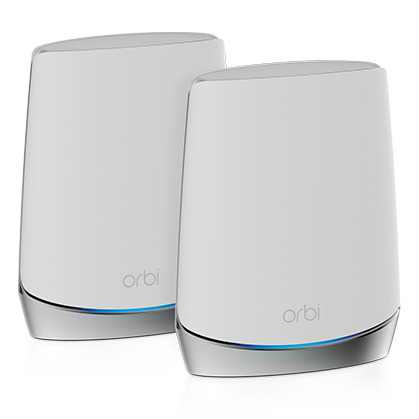
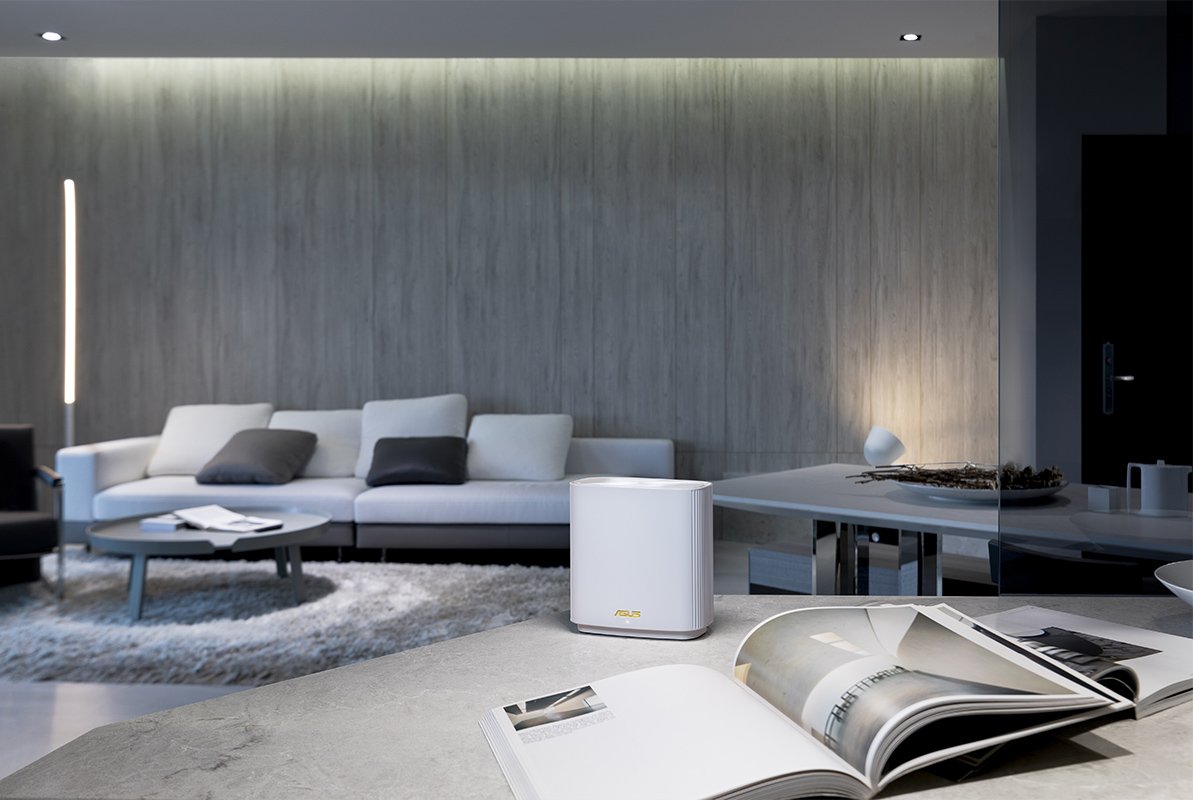

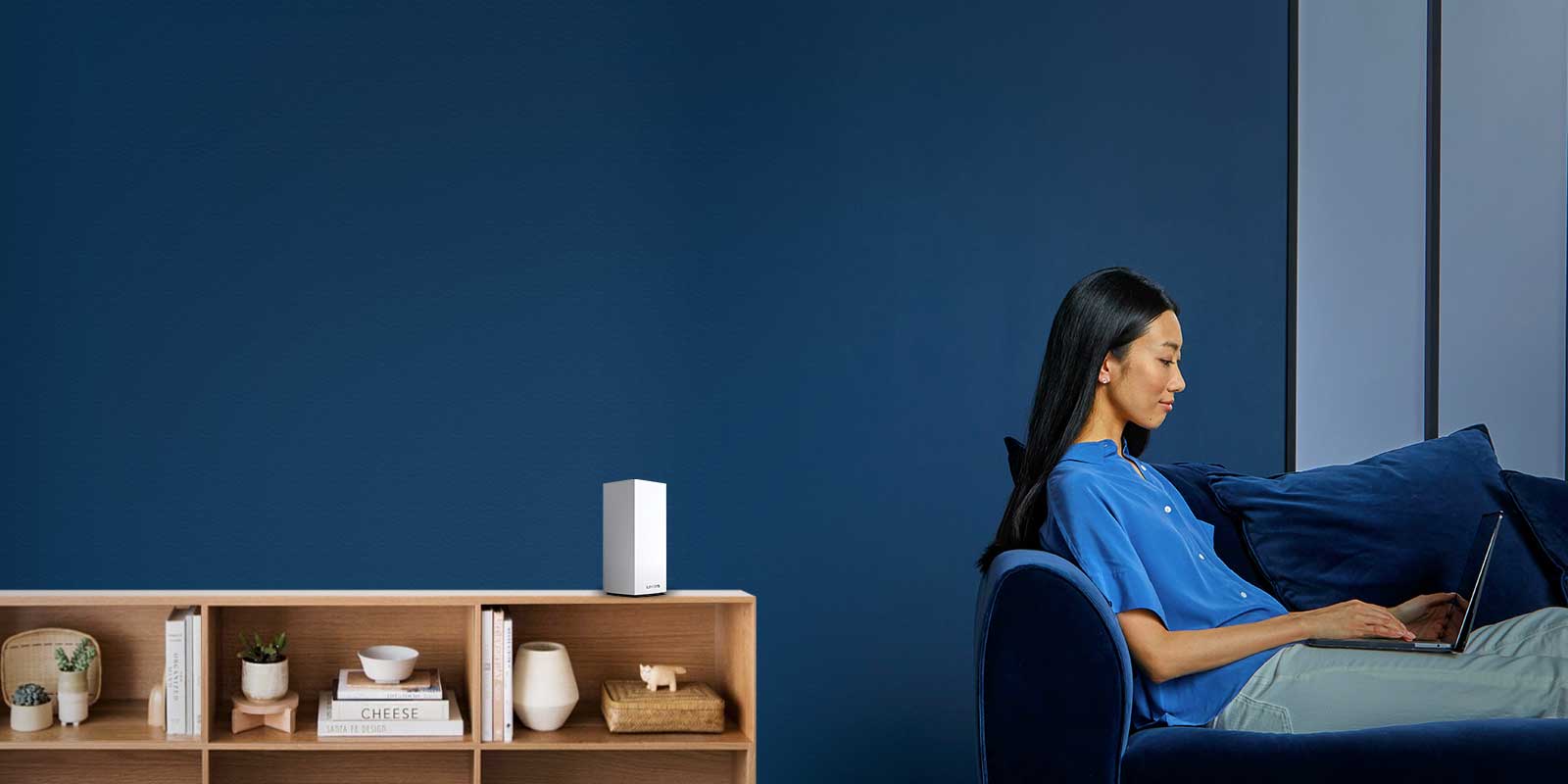
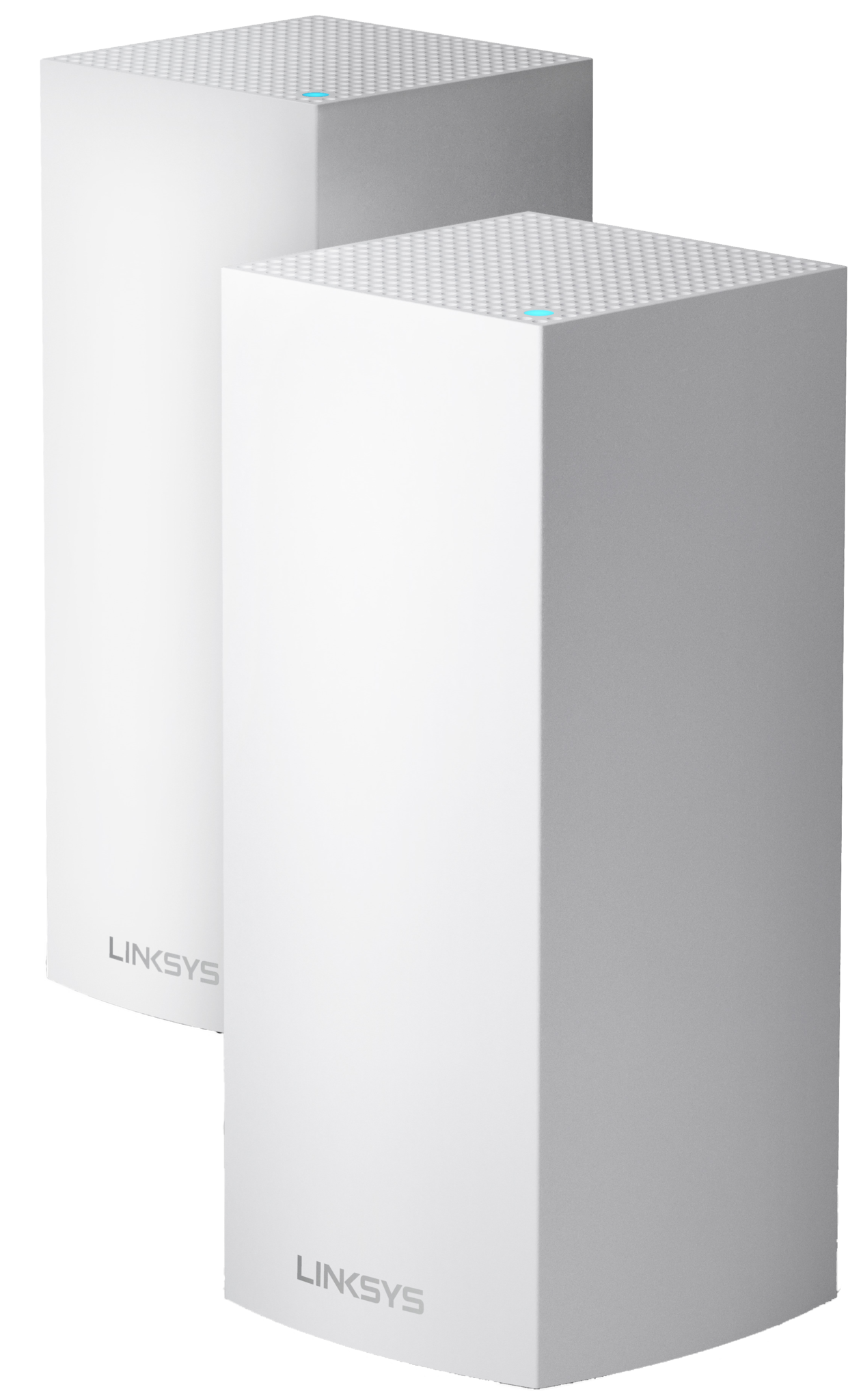

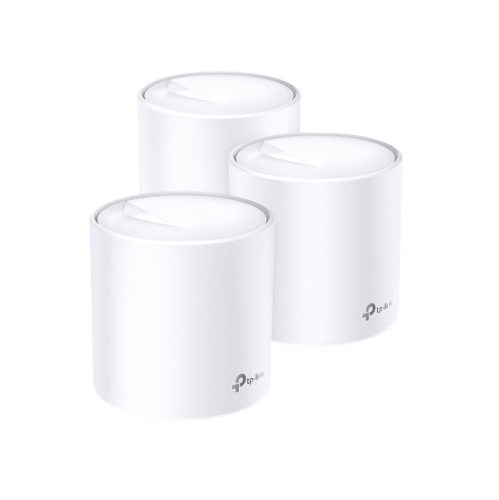
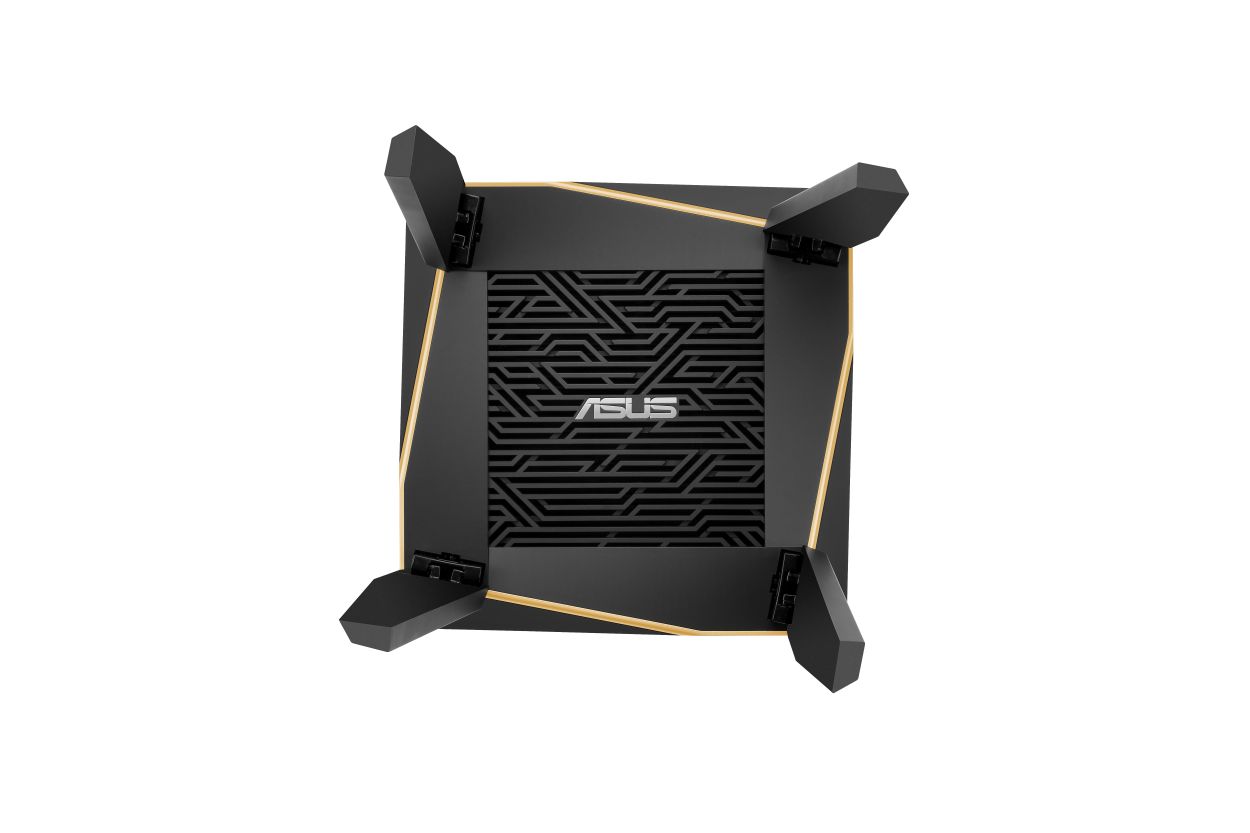
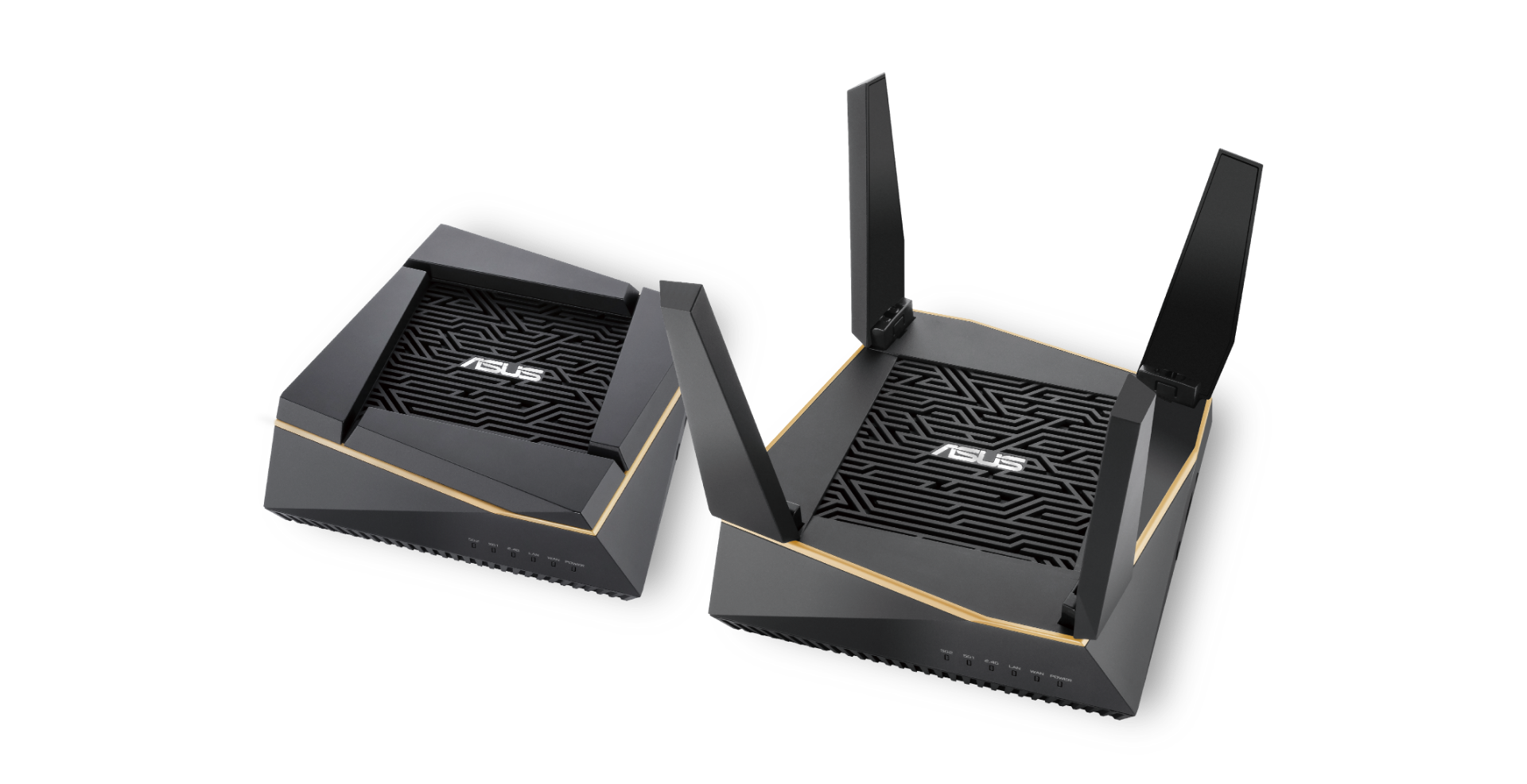
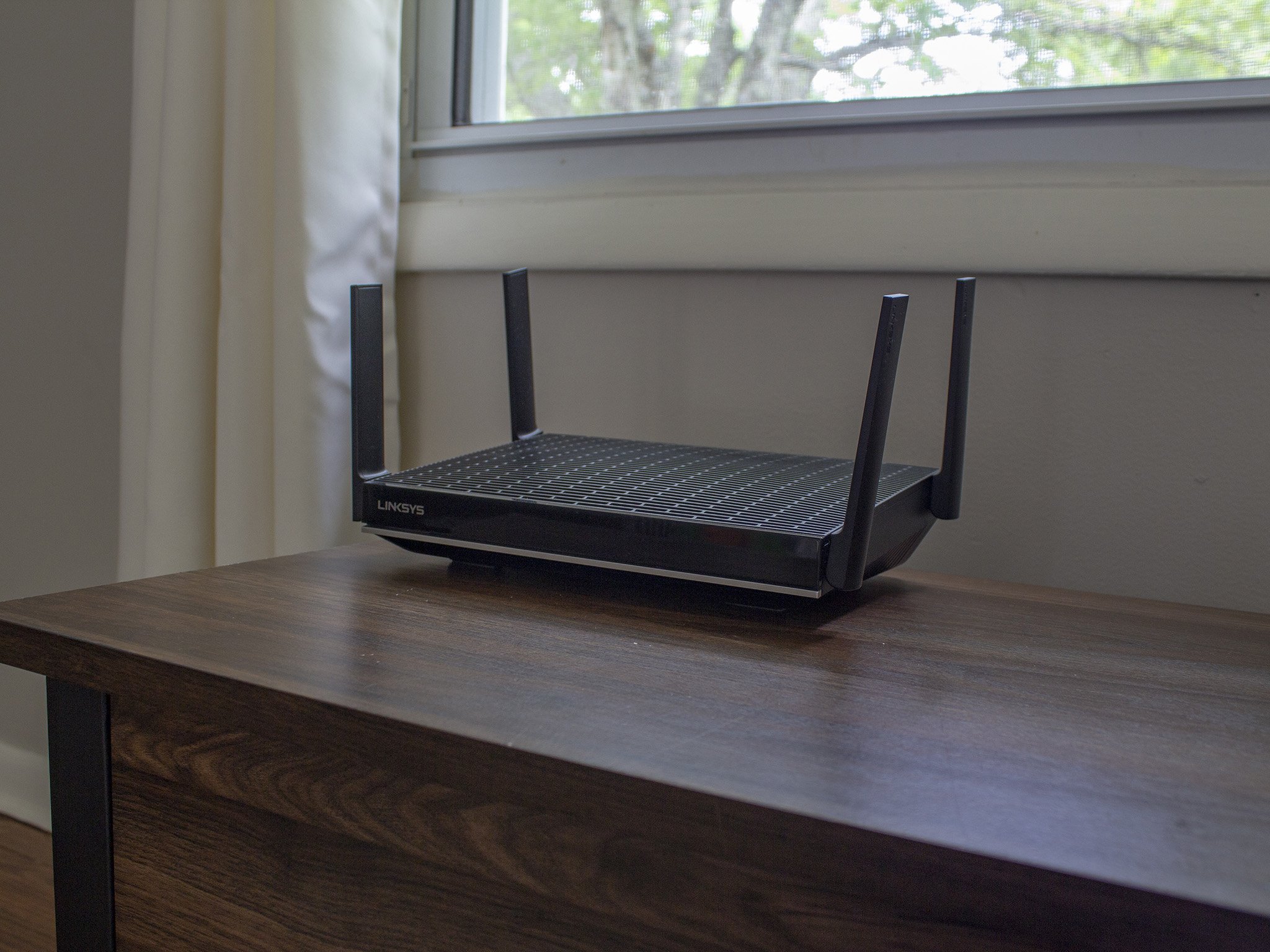
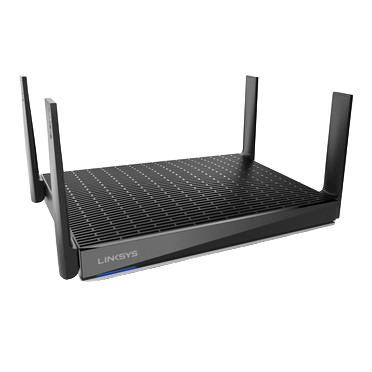

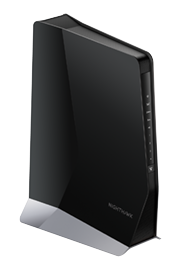
0 Response to "You Can See More: Ready to upgrade your mesh Wi-Fi? These are some of the best options"
Post a Comment